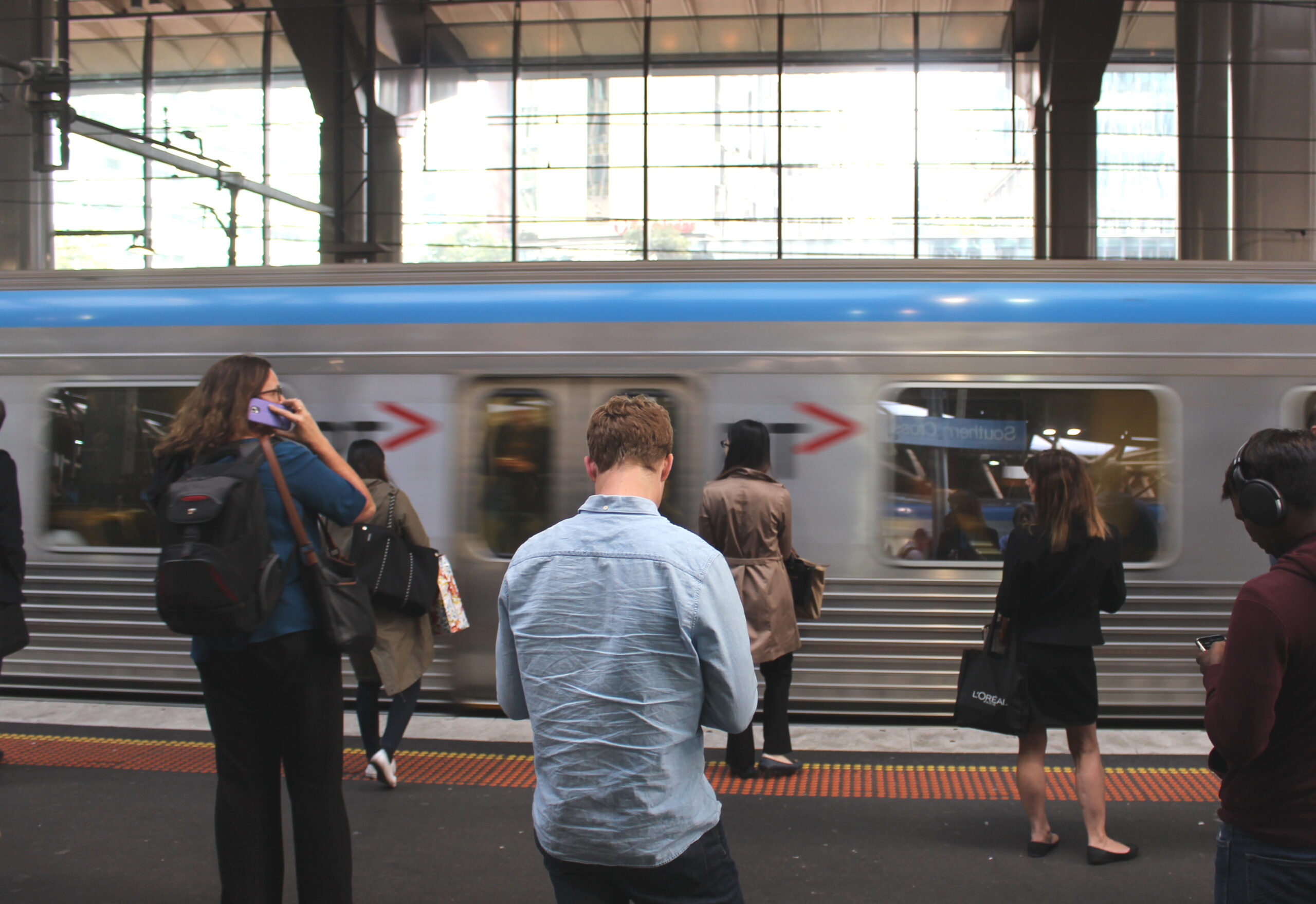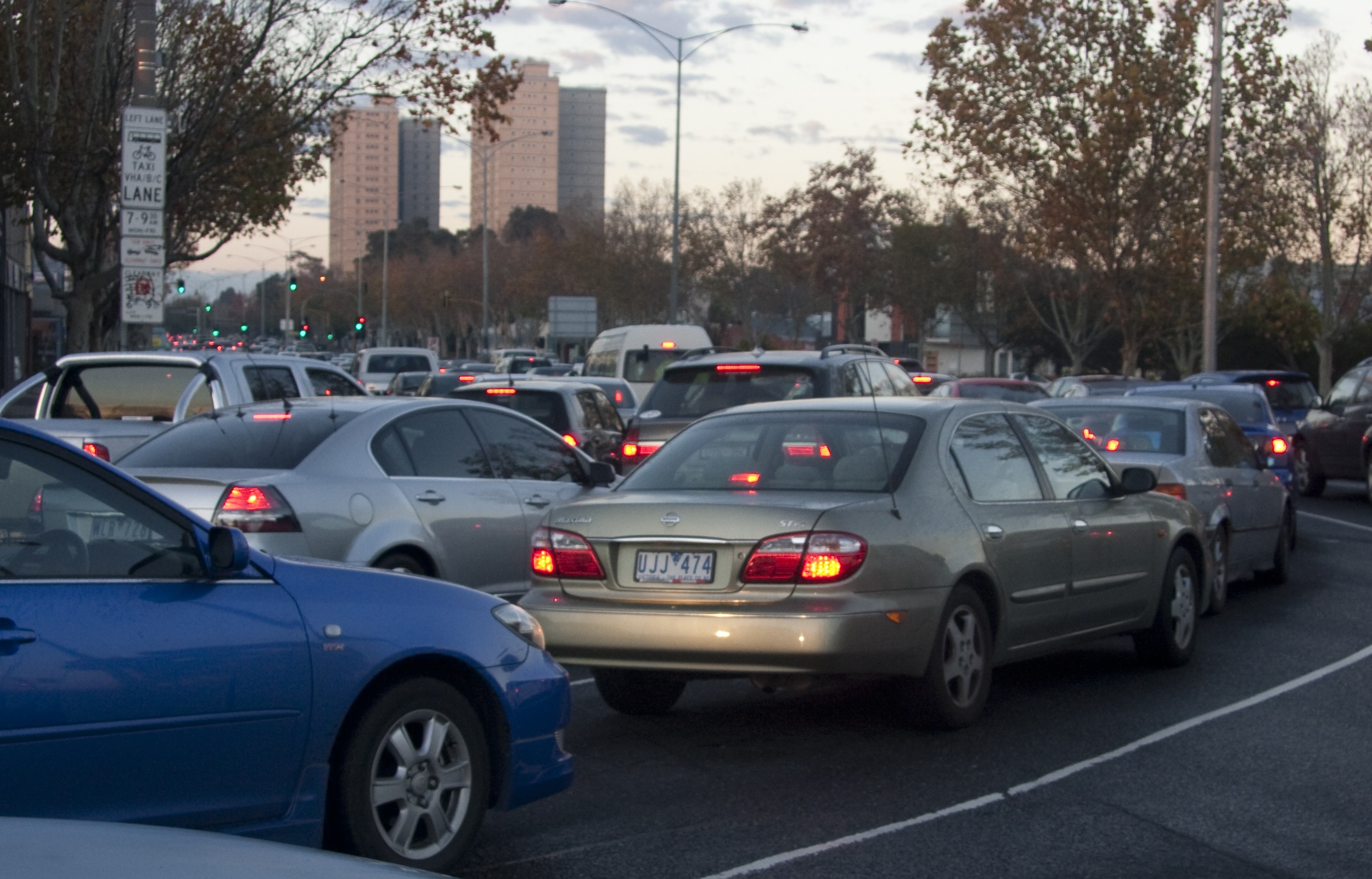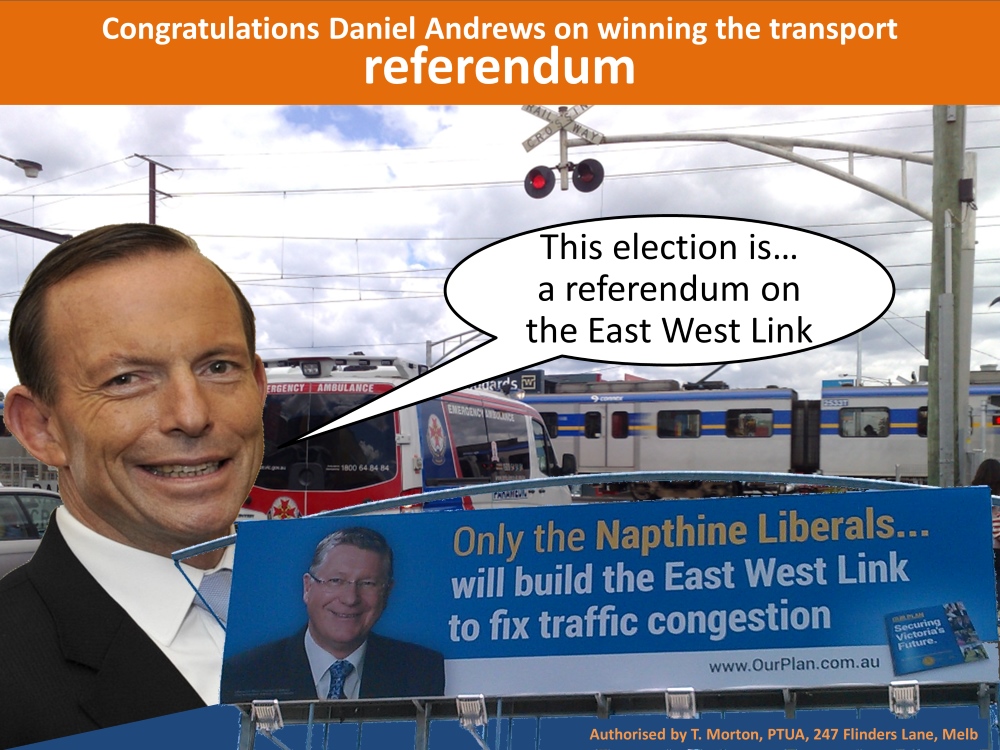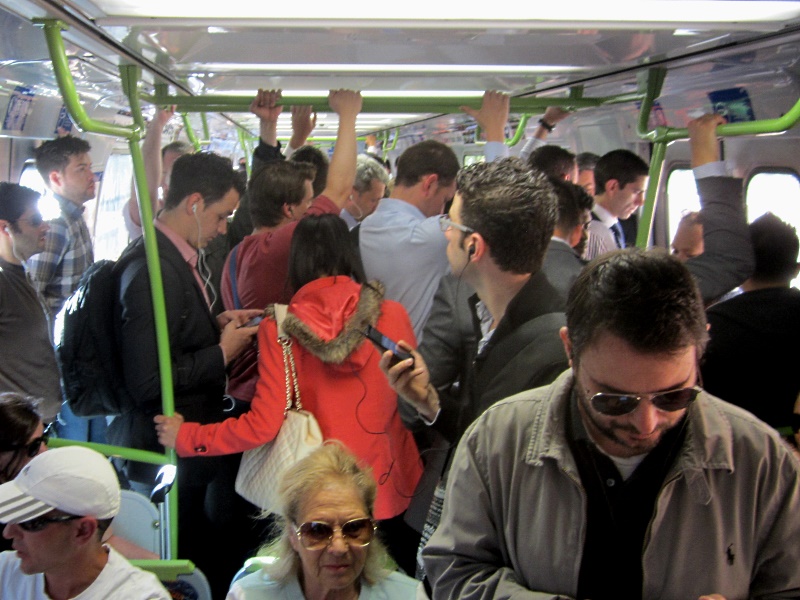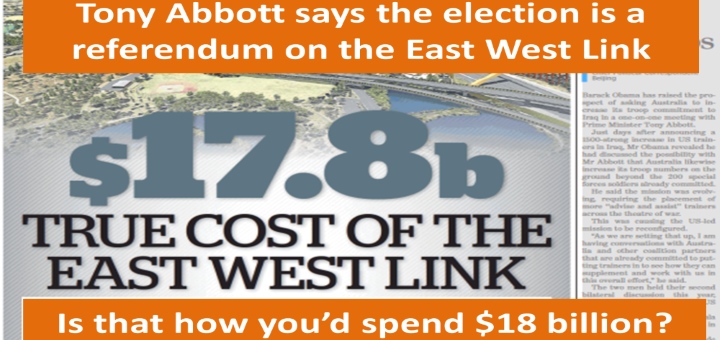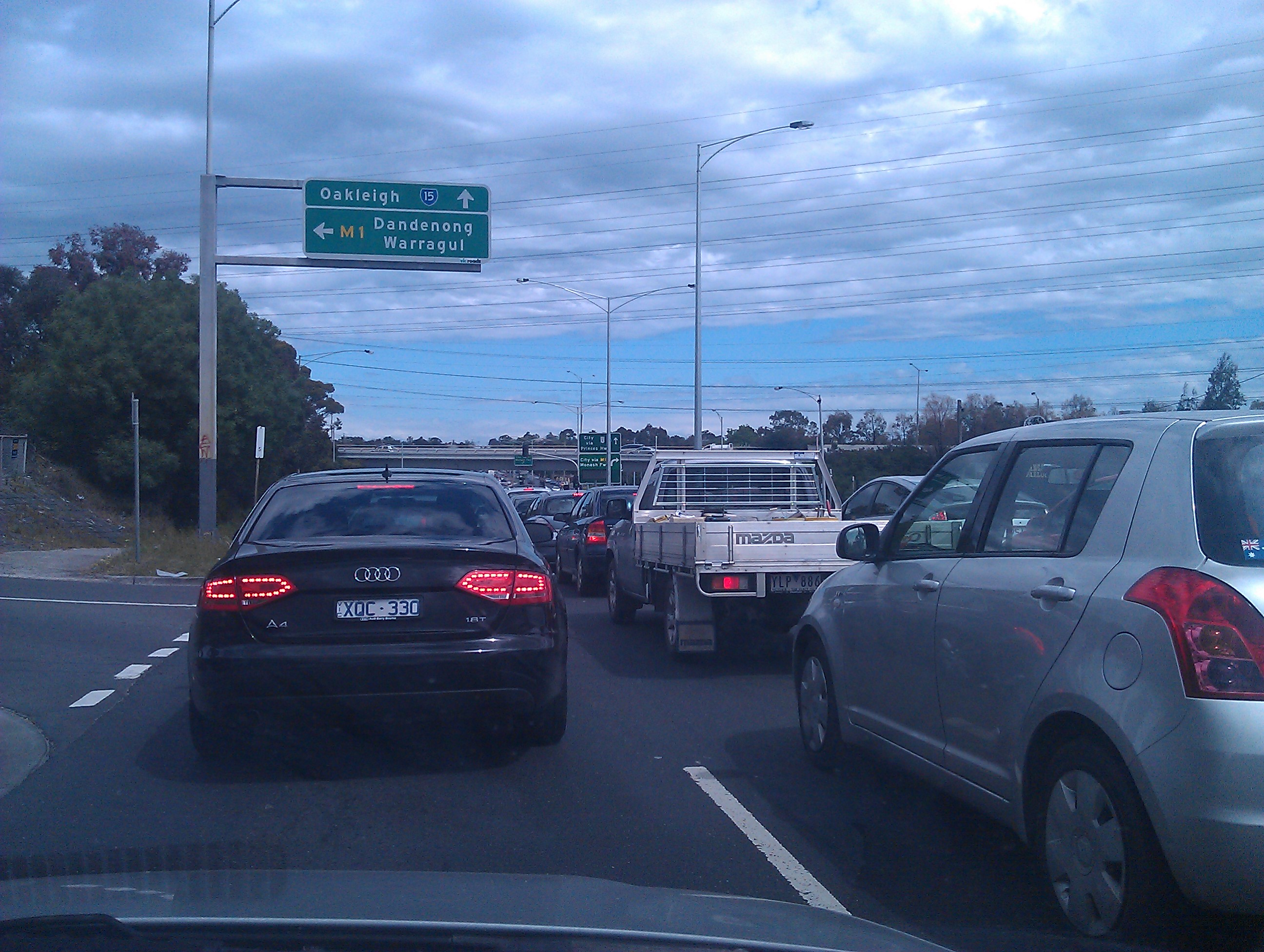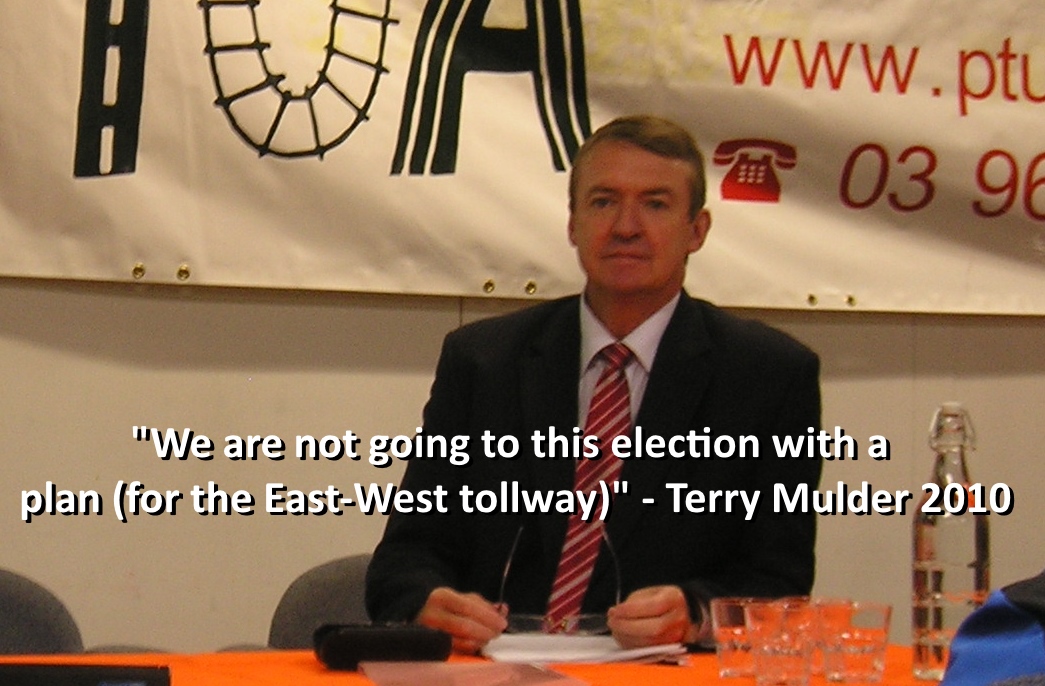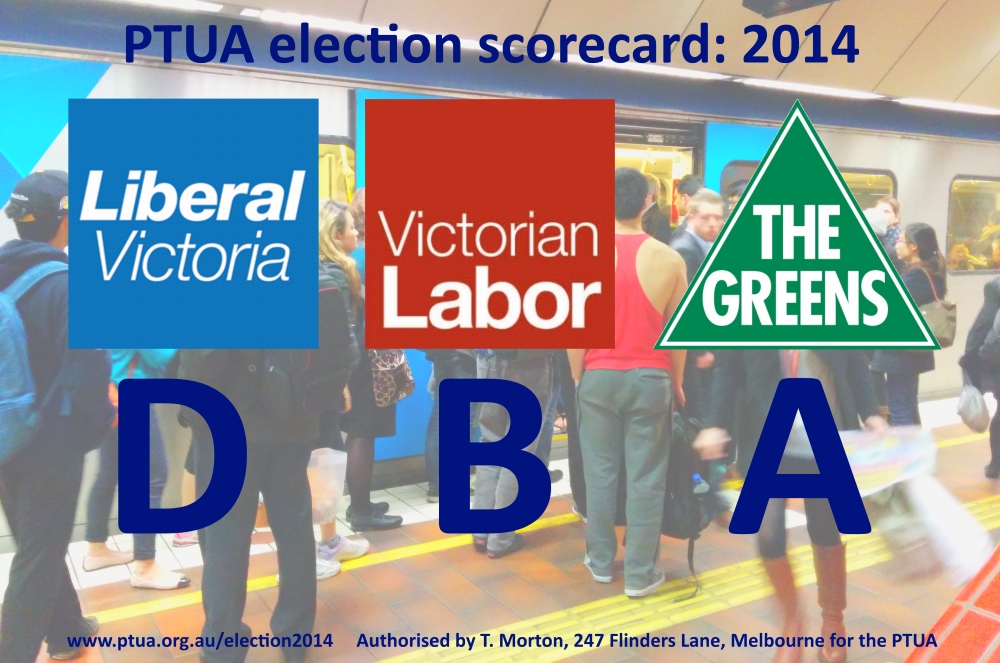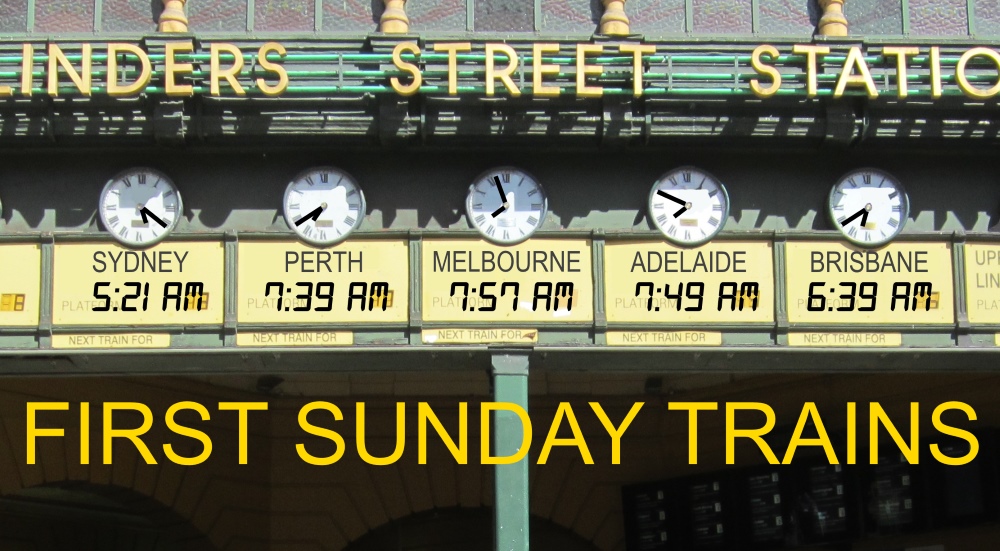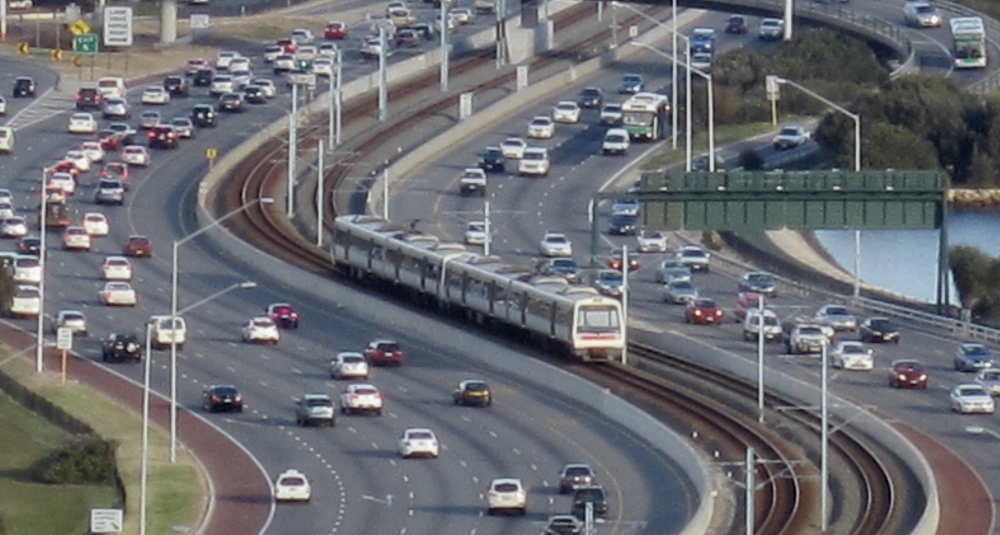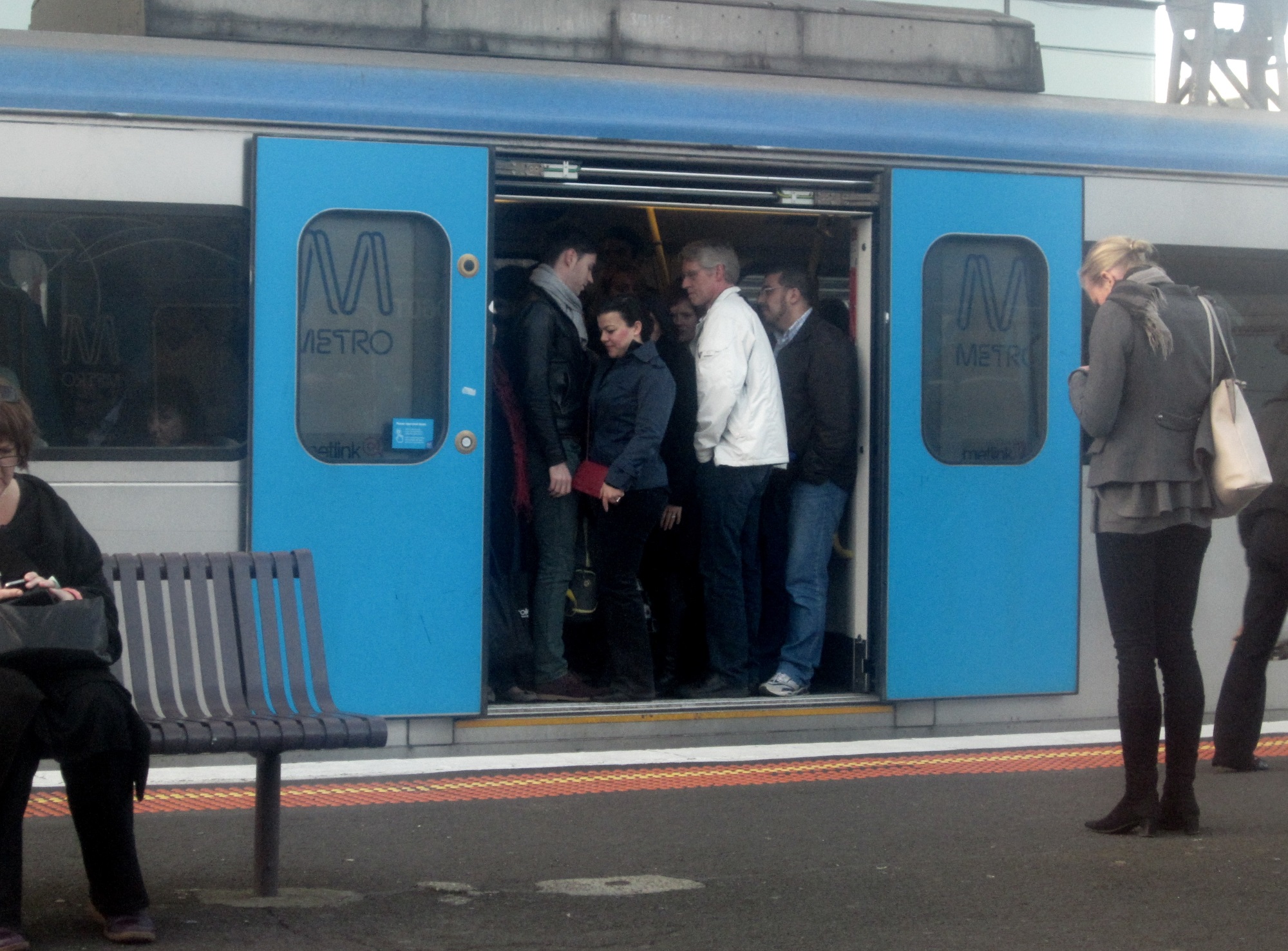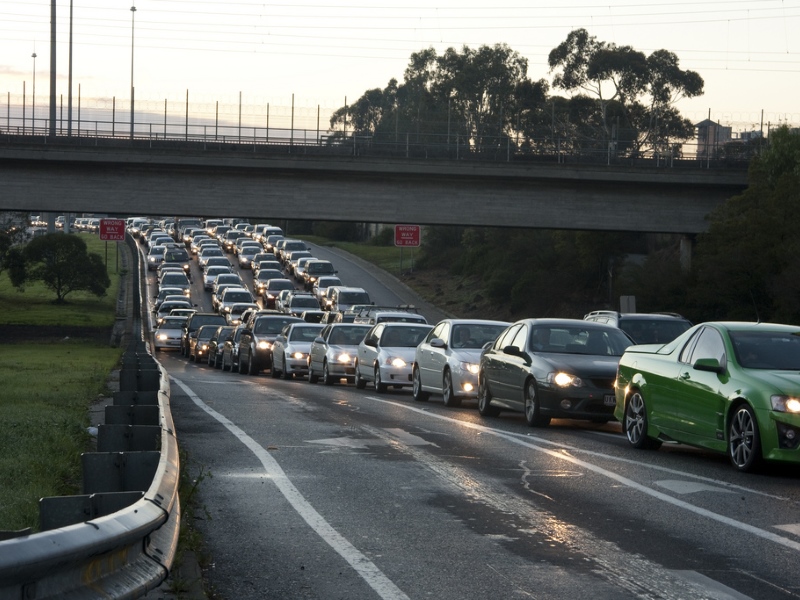Category: Election 2014
-
Side Letter sign of road lobby’s anti-democratic desperation
The unprecedented letter of guarantee on the East West Link is part of an ugly, anti-democratic “end game” by the road lobby in the face of public rejection, the Public Transport Users Association said today. Former Treasurer Michael O’Brien signed the deed on 29 September last year, eight weeks before losing the November state election,…
-
Open Letter to Tony Abbott: Your referendum is lost. Please put the $3 billion back
Your Referendum Is Lost. Now Please Put the $3 Billion Back Where It Came From. An Open Letter to the Hon Tony Abbott MP, Prime Minister of Australia 1st December 2014 Dear Mr Abbott, On 8 November when you visited Victoria, you declared our State election a referendum on the East West Link. This was…
-
Victorians have spoken on need for public transport over roads
The Public Transport Users Association has congratulated the ALP and Premier-elect Daniel Andrews on their historic election victory, but has reminded the new government that Victorian electors will hold them to their promise to cancel the East West Link project. “We’re very hopeful that this result in Victoria is where Australian politics starts to redeem…
-
Is that how you’d spend $18 billion?
East West Link stage 1. Is that really how you’d spend $18 billion? Choose carefully when you vote.
-
Tony Abbott’s “Open letter” is electoral blackmail based on false claims
Tony Abbott is trying to bully Victorians to vote for a dubious road project and against public transport, making claims the PTUA believes to be false. His open letter does not stand scrutiny. The $3 billion Tony Abbott insists is only for the East West Link was previously allocated to the Melbourne Metro rail tunnel.…
-
Who can you trust?
From our friends at Public Transport Not Traffic — this video looks back at the Coalition’s public transport promises before the 2010 election, versus their actions since.
-
PTUA delivers transport verdict
The Public Transport Users Association has delivered its verdict on party policies going into the state election. While the PTUA recommended the Coalition over Labor in the 2010 election, PTUA President Tony Morton said they could not do so this time, because the unwanted, unmandated East West Link was a spectre hanging over the Coalition’s…
-
Melbourne’s Sunday trains now start last
A survey of rail timetables by the Public Transport Users Association (PTUA) has found that Melbourne trains start later on Sundays than any other city in Australia. PTUA spokesperson Daniel Bowen said the comparison of timetables from Adelaide, Brisbane, Perth, Sydney and Melbourne showed we are lagging behind. “Last time we looked at this[1], Adelaide’s…
-
East-West travel less than 6% of journeys to work – PTUA study
Fewer than 1 in 17 Melburnians travels between the eastern and western suburbs to go to work. But 45% work close to home and another 20% in the inner city, according to PTUA analysis of journey to work data from the 2011 Census. It has been known since at least the 1990s, largely based on…
-
Rise above doubters on Doncaster rail, says PTUA
Study author re-think on Rowville suggests way ahead on Doncaster The Public Transport Users Association has backed a renewed push on rail service to Doncaster Hill, and called for signalling upgrade works on the Dandenong rail corridor to be expanded to include the South Morang and Hurstbridge lines. “We’ve all heard the arguments about there…
-
MyRailLine: the PTUA’s assessment
Numerous people have been asking us about the claims in the “MyRailLine” brochures and web site, launched by the Coalition in an effort to convince rail passengers to re-elect them. Here’s the summary — you can read all the detail below. Our judgement is that some of the Coalition’s claims are justified, some false, and…
-
Victorians sold out by reckless road contract
Taxpayers on the hook for decades unless contracts annulled, says PTUA The ‘reckless haste’ to sign East West Link contracts before November’s State election has been slammed by the Public Transport Users Association, who warned the decision could torpedo the state’s transport policy for decades. “Premier Napthine is attempting to tie the Victorian public’s shoelaces…
